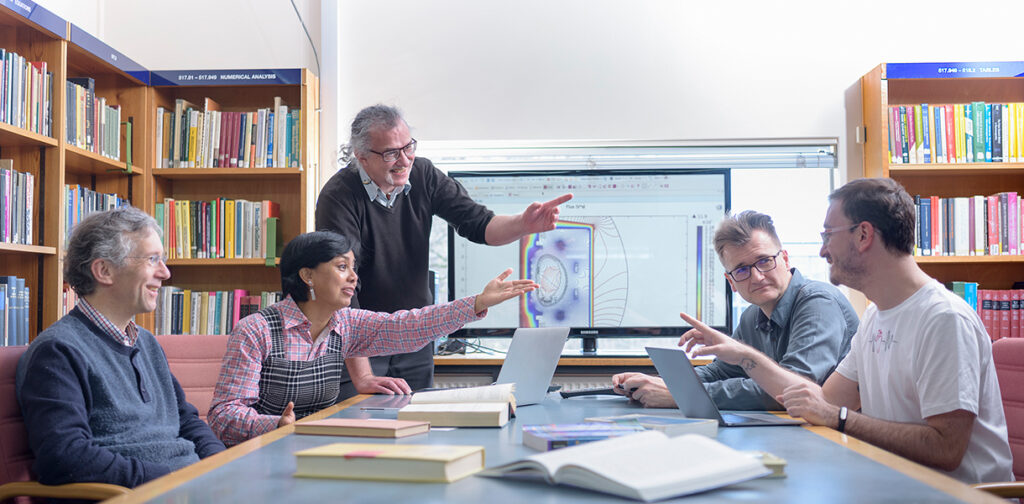
Advanced Computing
Fusion research is computationally demanding, and we are dedicated to addressing key computing challenges, developing a network with leading specialists in the UK, and embracing new and emerging ideas to move the digital capability of fusion forwards.
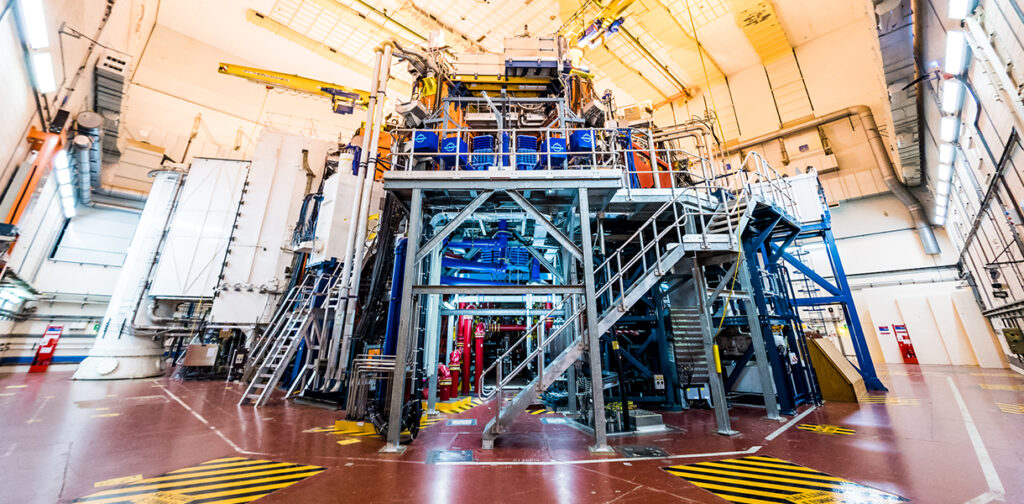
JET Operations
JET is the world’s largest and most powerful operational fusion device, hosted and operated by the UKAEA at our Culham site on behalf of the European Commission via the JET Operating Contract (JOC). A large on-site team of scientists, engineers and support staff operate JET. The scientific exploitation of JET is managed by EUROfusion with JET typically receiving up to 350 visiting scientists from around Europe to participate in important and exciting experiments
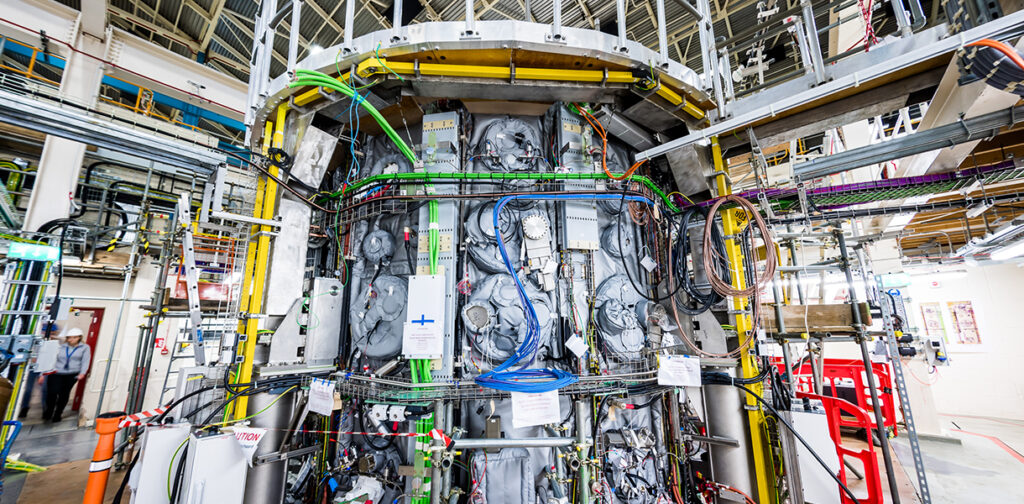
MAST-U Operations
MAST Upgrade is one of the world’s largest “spherical” tokamaks, with unique features focused on the challenge of safely exhausting heat from fusion plasmas. On 27th October 2020, MAST Upgrade ran its first plasma – the first successful run of the machine with all systems in place and a major milestone for the device.
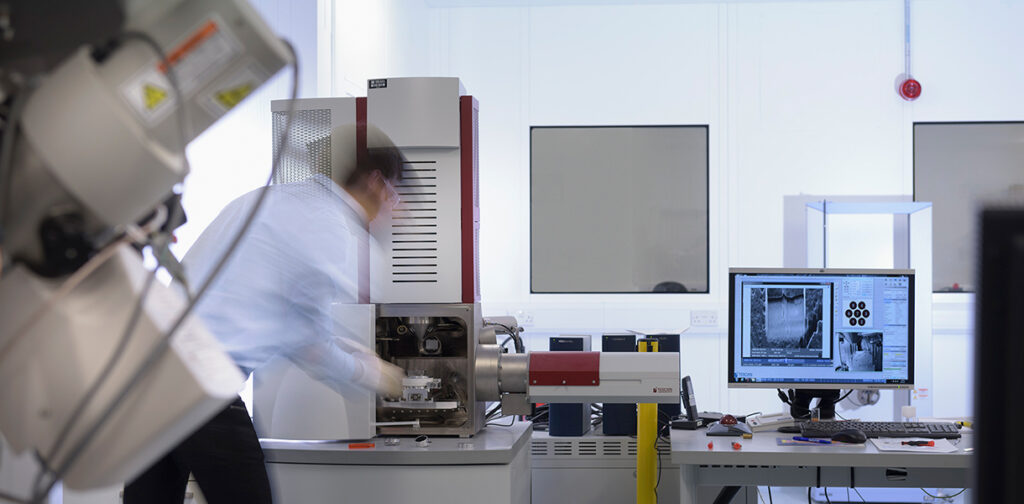
Materials
The materials used in a fusion power station will need to retain their mechanical and thermal properties for months or years, resisting high fluxes of neutrons and heat. Understanding and developing materials for use in power station components is therefore an important part of fusion R&D.
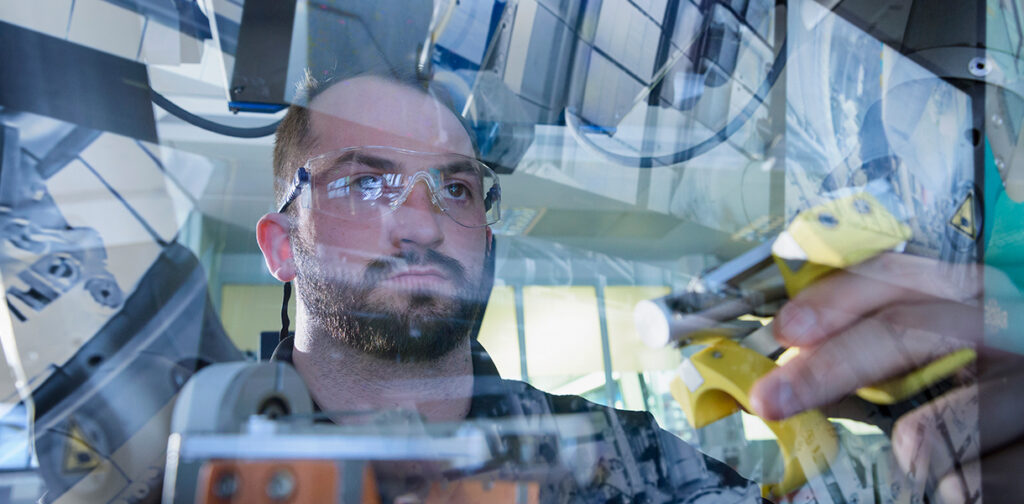
Robotics
A fusion power plant in or after operation will be a hostile environment for human operators, and alternative solutions to maintenance, servicing, inspection and decommissioning will be necessary. Designing and developing robotics and applied artificial intelligence (AI) technology for fusion and other challenging environments that make it possible to carry out tasks in hazardous and extreme environments where hands-on intervention is undesirable.
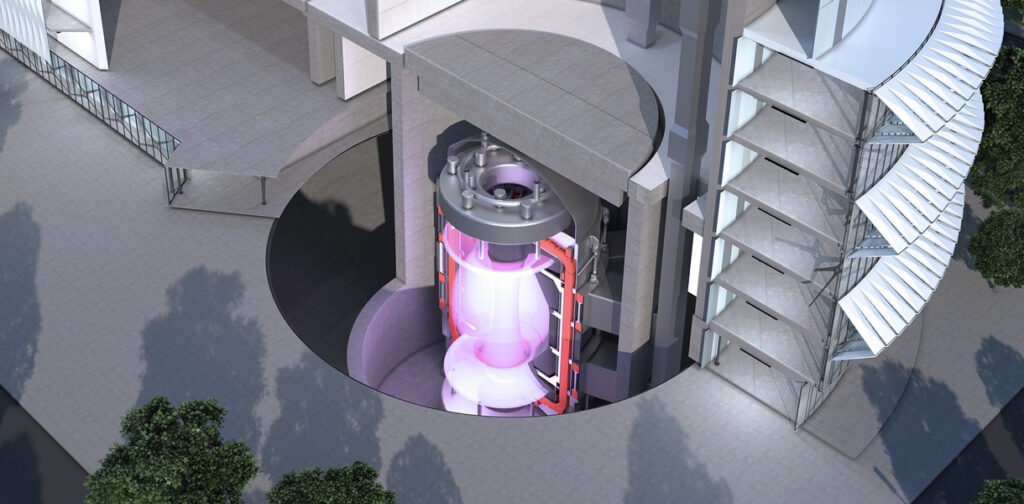
STEP
The mission of the Spherical Tokamak for Energy Production (STEP) programme is to “Deliver a UK prototype fusion energy plant, targeting 2040, and a path to commercial viability of fusion”. The programme builds on the UK’s fusion leadership and engages both industry and academia across the nation.
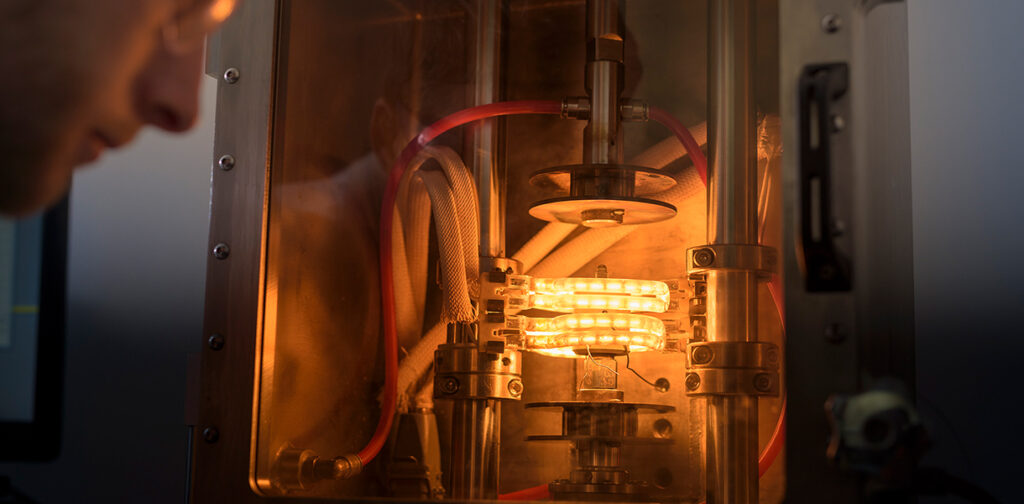
Technology
Developing, designing and fabricating the technology needed for a fusion power plant is a challenge given its exacting environment. High energy neutrons, high magnetic fields, strong temperature gradients and a range of other factors create a need for innovative design, manufacture, and testing processes to deliver the technological and structural components of a fusion reactor.
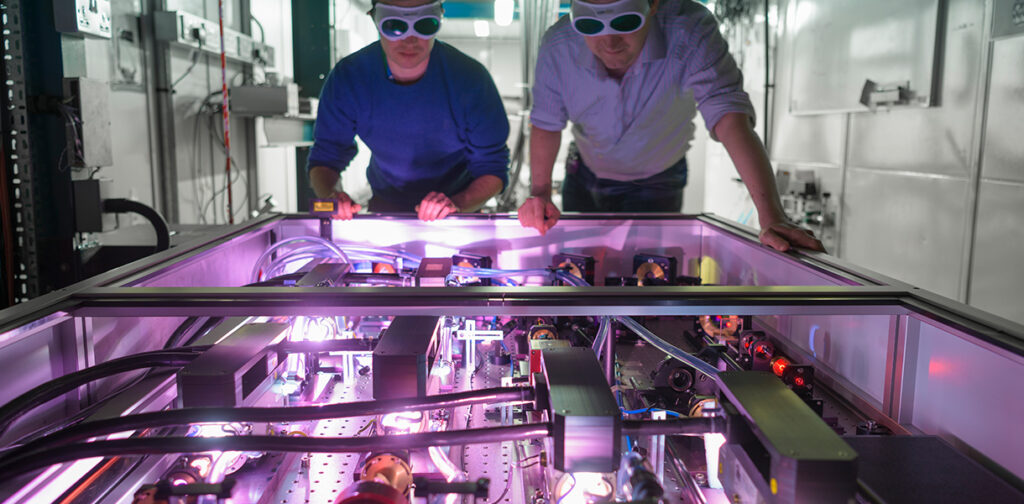
Tokamak Science
The Tokamak Science programme covers fundamental research in the physics of tokamak plasmas through a portfolio of experimental, theoretical, analysis and modelling based activities conducted by a diverse range of experts.
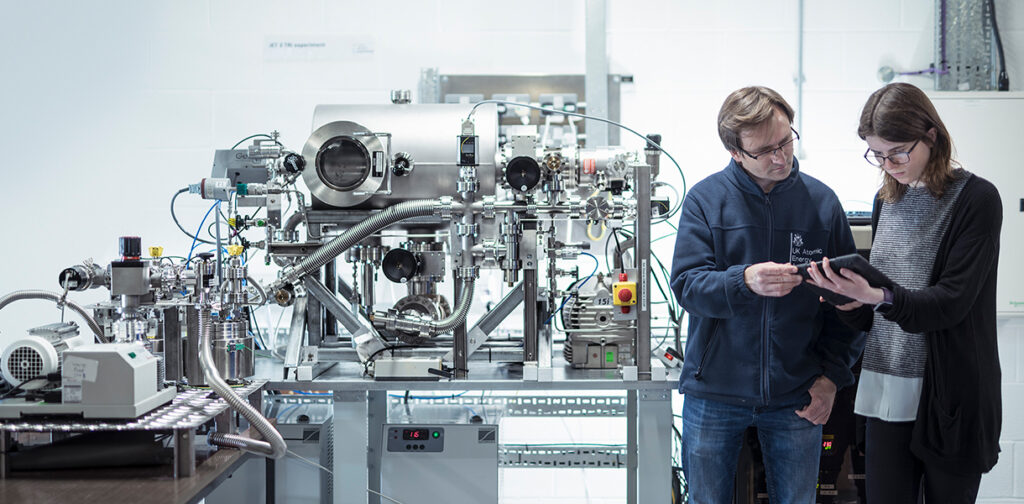
Tritium
Tritium is the radioactive isotope of hydrogen used to fuel the fusion reaction alongside the non-radioactive isotope deuterium (extractable from natural water). Being lighter than other elements, hydrogen isotopes are able to permeate materials easily. These factors mean that designing tritium systems for fusion is challenging and requires dedicated research and innovation.
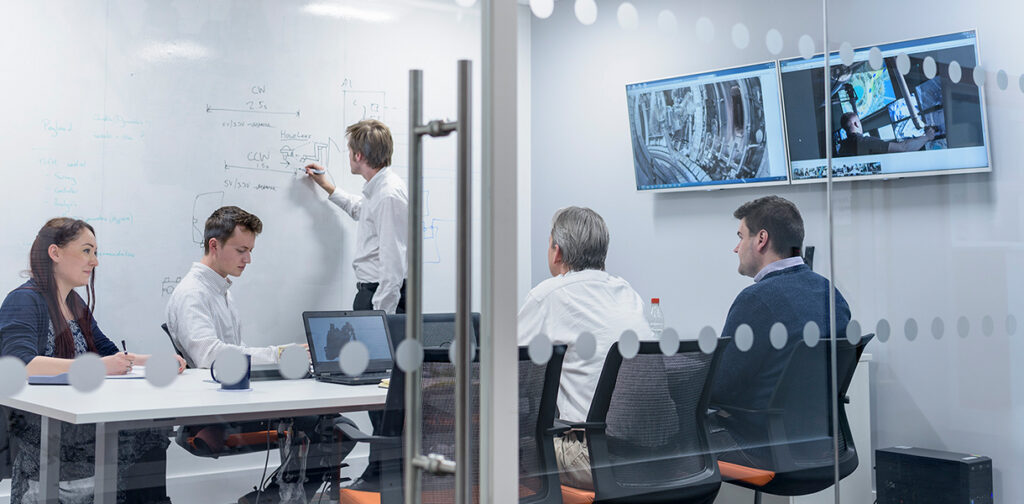
All Papers
All our papers have been arranged by Research area. It is also possible to view all papers and search or use the filter options.
